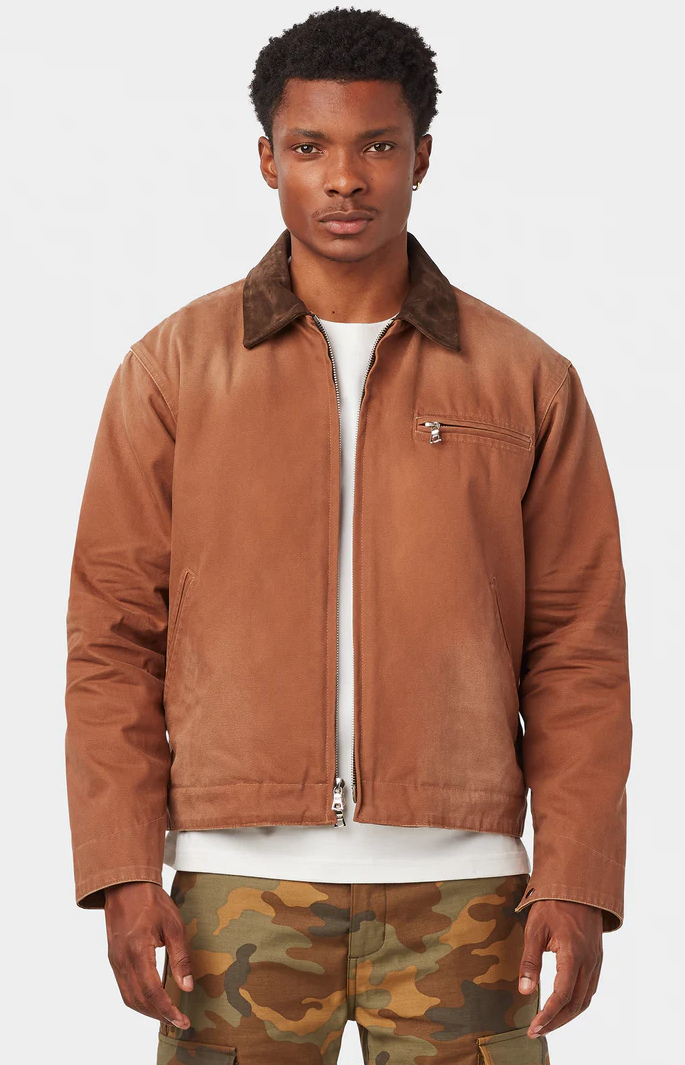Snedley
Senior Member
- Joined
- Apr 17, 2012
- Messages
- 310
- Reaction score
- 10
I took my new C&J Westbournes to the local cobbler last week just to see if I could find a good color match in shoe polish. The cobbler admired the shoes, asked how much I paid for them, and then plopped one down on his counter so that he could eyeball it from the side.
"See that gap under the sole?" he asked, as he pushed down on the back of shoe. "A really good pair of shoes doesn't do that. Really good shoes lay flat. My father taught me that."
Here's the shoe at rest. Notice that the heel isn't flat against the counter.

Here I'm pressing the heel flat against the counter, and that's raising the sole nearly a quarter of an inch.

And here's a closeup of the heel, which I believe is showing unusual signs of wear considering that I've only worn the shoes five times since they arrived:

So is the cobbler right or is he full of crap? And what about the wear on the heel? Did I get a pair of lemons?
That's normal



